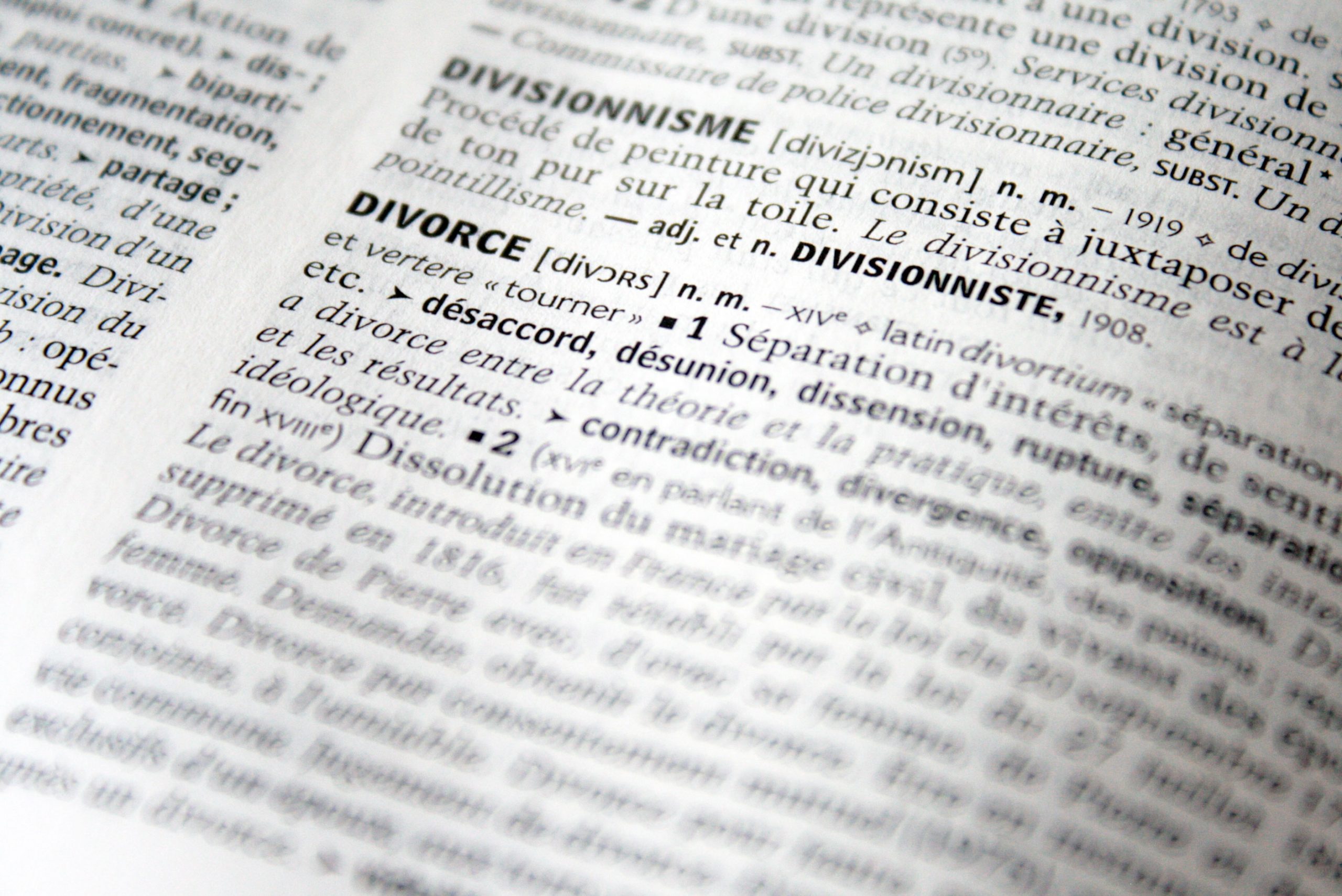A divorce is a tragic event in the family. However, there is a way to avoid conflict and civil trial in this situation. Indeed, it is possible to facilitate the separation of the two spouses and carry out the divorce in all transparency. In this procedure, the intervention of the judge is not required; this issue will be resolved by each party assisted by their respective lawyers and the notary. This is essentially the divorce by mutual consent.
1. Divorce by mutual consent

In the divorce procedure by mutual consent, in principle, the spouses do not have to resort to a judge. However, each party must retain a lawyer to accompany them in the negotiation process and provide advice on legal issues such as the division of property and child custody. As an exception, the judge must intervene if a child of discerning age asks to be heard by the judge or if one of the spouses is placed under protective custody.
Lawyers are also responsible for drafting the divorce agreement. This is a binding contract between the two spouses following the divorce. This agreement sets out all of the terms and consequences of this legal action that leads to the official termination of the marriage contract.
Once the agreement is drafted, a 15-day reflection period will be granted to both parties. After this period, the spouses and their lawyers can proceed to sign the agreement. This private document will then be transmitted to the notary by the lawyers within 7 days so that he can deposit it in the minutes.
The notary’s registration of the divorce must be done within the time allowed. Namely, 15 days to secure and authenticate the document, and its cost can reach 50 dollars.
Moreover, in case of an amicable divorce, the notary is in charge of checking the respect of the compulsory mentions and the time limits. He also intervenes in the division of property. Indeed, the spouses must share the goods they have acquired together. The payments are fixed according to the value of the goods to be shared and the nature of the matrimonial regime. The spouses must also pay a partition fee. This is a tax applied to the net value of the property shared. It can amount to 1.8% of this value.
2. Advantages of the amicable divorce procedure

Divorce has consequences not only for the spouses but also for their children. The amicable divorce will also be less traumatic for the children who will also be a victim of this rupture. In this context, divorce by mutual consent remains the easiest way to break the marriage contract. The recourse to the divorce procedure by mutual consent requires a budget that considers the fees of the lawyer in charge of the case and the tariff of the notary. Generally speaking, the lawyer’s fee will be set according to various parameters, such as the nature of the case to be handled, its difficulty, and the time they spend on it.
However, in the event of a conflict between the spouses, a dispute must take place by following the procedure in a judicial way. This is subject to a procedural calendar and is more expensive than divorce by mutual consent; therefore, you are looking for lawyers to start the divorce procedure.
3. Every divorce is different

When it comes to divorce, you shouldn’t listen to other people’s horror stories because not every divorce follows the same process. This all depends on your relationship with your partner, which can be as amicable as you want.
Listen, when it comes to divorces, everyone has a story and advice, and more often than not, these are more misleading than helpful because every divorce has a different set of different issues and circumstances. For concrete information on divorce, schedule a meeting with a lawyer or a divorce lawyer, to be precise, and they will be better able to advise you in this journey.
Sound off in the comments section below and tell us what you want to read next!

